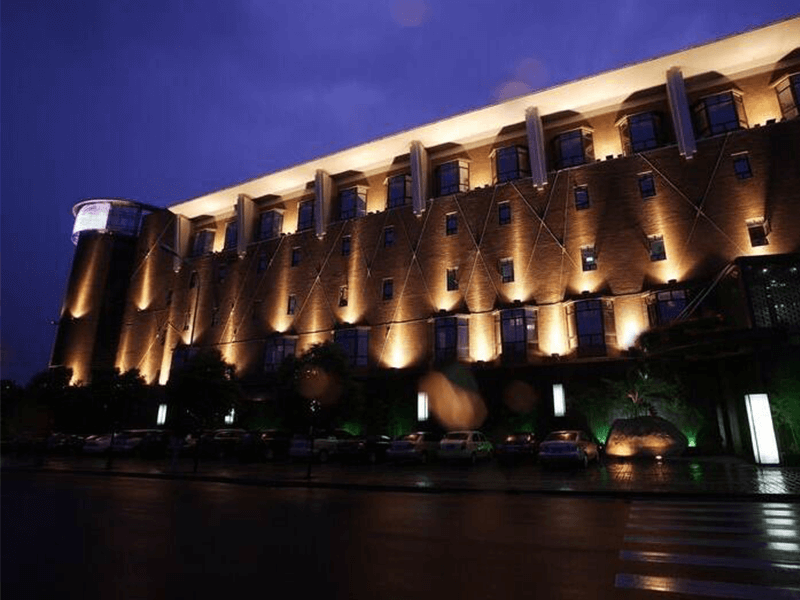LED lights are highly energy-efficient because they can produce the same brightness level while using less electricity than other lighting types. Therefore, when selecting the appropriate lighting temperature for a place, several factors should be considered, including the area’s specific needs, the desired mood and ambiance, and the tasks performed in the room.
One crucial factor to consider is the specific needs of the area. For example, in residential settings such as bedrooms, living rooms, and dining rooms, where relaxation and comfort are paramount, 3000K lighting may be the best choice. On the other hand, in areas of the home where a high level of brightness is required, such as kitchens, bathrooms, and home offices, 4000K lighting may be the most suitable option. For outdoor or industrial settings or areas where bright and crisp illumination is necessary, such as garages, workshops, and basements, 6000K lighting may be the best choice.
Another factor to consider is the desired mood and ambiance of the space. Warm and inviting air may be preferred for residential settings, while commercial or industrial environments require bright and crisp illumination. For example, 3000K lighting can create a cozy and inviting ambiance, while 4000K lighting can provide a clear, bright description perfect for task-oriented activities. In addition, 6000K lighting can offer bright and crisp definitions, making it ideal for areas where a high level of visibility and clarity is required.
While choosing a lighting temperature largely depends on personal preference and house style, it’s important to note that the color temperature of light can trigger different reactions in our bodies. While taste in color temperature is subjective, it’s essential to consider its impact on a space’s overall mood and ambiance.
Choosing warm white lighting can have a positive impact on regulating melatonin production, leading to a more relaxed feeling and setting the mood for a good night’s sleep.
Many prefer warm white lighting in the evening or when they want to relax for its ability to regulate melatonin production. On the other hand, brighter lights can stimulate serotonin production in the body, leading to increased alertness and attentiveness and creating an energetic mood.
For example, allowing natural sunlight to enter your home by opening windows can boost energy, making it easier to complete daily household chores and tasks.
